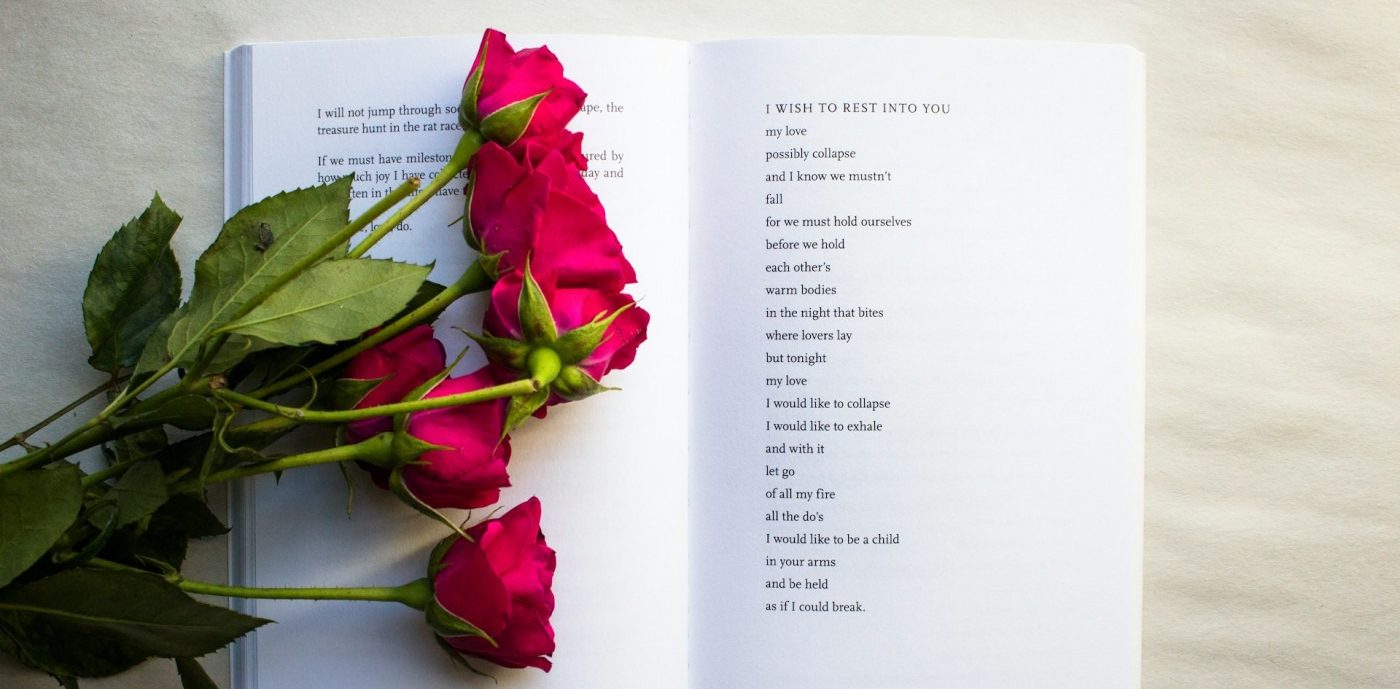The Instapoetry paradox: simplicity, sentiment, and scrutiny of modern-day poetry
The last couple of years have given rise to minimalist poetry, often dubbed ‘Instapoetry’. This kind of poetry is prominent on social media, presented in a way that is easily and quickly digestible by whoever stumbles across it while scrolling through their feed. It is characterised by its use of simple language, brief sentences, and the absence of capital letters. The poetry is also frequently accompanied by fine line doodles relating to its subject. This sparse and uncomplicated layout appeals to the short attention span typical of individuals using social media, contributing to its success.
This genre of modern-day poetry aims to portray human thoughts and emotions in the form they appear to us within our minds — or more specifically, within the teenage mind
These modern-day poets include individuals such as Nikita Gill, R. M. Drake, and, most famously, Rupi Kaur, whose book milk and honey became one of the best-selling works of poetry of the 21st century, with over 7 million copies being sold. One would assume, given the popularity of her poetry, that general opinion would also hold it in high regard. However, this style of poetry is subject to immense scrutiny. It is widely considered bad and lazy writing because of how simple it is. This leads us to the question: Is the value of poetry founded in its complexity, or in its ability to make us feel something?
I happen to own two of Kaur’s books. I bought them a couple of years back when I was just starting to get into poetry, and at that time, her name was everywhere. I remember liking them quite a bit, my younger self having underlined sentences and scribbled annotations across the pages. It was as if my own thoughts had been lifted out of my head and then printed themselves onto the paper. However, I hadn’t revisited the books until recently. Re-reading them now, I find myself less than enthusiastic about the poetry within. Every once in a while I would come across one and think ‘huh, okay, this is good’, and then flip the page and find myself disappointed again.
Within milk and honey, Kaur writes poems such as ‘you are your own soulmate’, and ‘the thing worth holding on to would not have let you go’. These are some examples of her typical, shorter poetry. While she does write a number of longer pieces, the language remains just as simplistic.
Traditionally, poetry has been full of nuance. We are used to reading complex pieces of work, consisting of long, beautiful words and lines which roll off our tongues
What was it that made me like it when I first read it a couple of years back? This genre of modern-day poetry aims to portray human thoughts and emotions in the form they appear to us within our minds —or more specifically, within the teenage mind.
It would make sense, then, that I had liked this poetry initially. I was in my early teen years, after all. This simplistic take on poetry seems raw. It has not been scattered with flowery language or poetic imagery which requires analysis to understand what the poetry is attempting to say. It is obvious on first read.
However, this is also the problem of modern-day poetry, it conflicts with our pre-existent understanding of what poetry is. Traditionally, poetry has been full of nuance. We are used to reading complex pieces of work, consisting of long, beautiful words and lines which roll off our tongues. Poetry was previously a form of storytelling, painting a picture with words. Instead, modern poetry places almost all its value on meaning, aspiring to be real, not beautiful. This poetry often tackles difficult topics surrounding womanhood, sexual abuse, heritage, and self-love. It is important to discuss these themes, however, the language used to portray them is so simple that it lacks the emotion which should exist alongside it. With traditional poetry, its meaning comprises only part of it.
While minimalism does not equate to soullessness, it is hard to deny, after going back and reading some of this poetry, that it does often come hand in hand
While minimalism does not equate to soullessness, it is hard to deny, after going back and reading some of this poetry, that it does often come hand in hand. The absence of the aspects of traditional poetry is apparent, and it is no longer artistic or warm to read. This stylistic choice means that now I, along with many others, fail to find modern, simplistic poetry either profound or moving. It is hard to reconcile the current form poetry is taking with the previous form we know.
Having said this, I will not ignore that there was a time when I found it to be, and perhaps I must acknowledge that I am not the target audience anymore, and neither are most of its critics.

Comments (2)
Awesome article!! Completely see what you mean about emotion being strongly linked to nuance in poetry. Personally I love how accessible ‘instapoetry’ is. The more simplistic language makes the content digestible for the everyday reader and doesn’t require advanced literary skills to understand and fully appreciate. ~an engineer
Great article! I completely agree with the points made. Minimalist poetry is rather bland and uninspired in comparison to traditional poems.